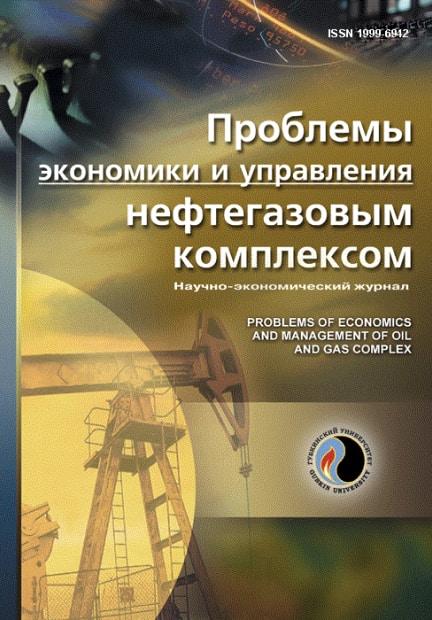Geoeconomic basis and scenarios of strategic alliances conflict in the Asia-Pacific region: the problem of Taiwan and implications for the Russian gas industry
UDC: 339.9.012+332
DOI: -
Authors:
MOROZOV V.V. 1
1,
POLAEVA G.B. 1
1,
KORIKOVA N.V. 1
1,
VLASOVA E.S. 1
1
1 National University of Oil and Gas "Gubkin University", Moscow, Russia
Keywords: geoeconomics, strategic alliances, GVC, BRICS, OPEC+, NATO, AUKUS, Quad, Taiwan, Taiwan Strait, Strait of Malacca, armed conflict
Annotation:
The authors of the article consider the problem of the geoeconomic basis of modern global conflicts, such as the Eastern European, Middle Eastern and Taiwanese. The authors consider the current conflicts as interrelated with each other, substantiating the high probability of the Taiwan conflict transitioning to a "hot" phase. The authors also think the current configuration of strategic alliances to be an important argument when substantiating the hypothesis of the Taiwan conflict escalation. The system of these instruments of modern international dialogue is designed to overcome the problems of promoting the interests of global and regional players bypassing traditional international organizations, which have lost their relevance in the current conditions. The authors substantiate the fact that in the context of new geoeconomic imperatives, the existing configuration of strategic alliances determines a global trend of conflicts escalation, the largest of which arise in critically important areas for the global production and trade system. Taking into account the experience of modern conflicts and balances in the system of existing strategic alliances, the authors consider three scenarios of the Taiwan conflict, determining the probability of each of them. Finally, the authors draw conclusions about the consequences of the armed conflict in the Asia-Pacific region for the Russian gas industry.
Bibliography:
1. Baldwin R. The Great Convergence: Information Technology and the New Globalization. – Cambridge, MA: Belknap Press, 2016. – 344 p.
2. Yeung H. Strategic coupling: East Asian Industrial Transformation in the New Global Economy. – Ithaca, NY; London: Cornell University Press, 2016. – 312 p.
3. Johnson R.C., Noguera G. Accounting for Intermediates: Production Sharing and Trade in Value Added // J. of Int. Economics. – 2012. – Vol. 86, Issue 2. – P. 224–236. – DOI: 10.1016/j.jinteco.2011.10.003
4. Gereffi G. Global Value Chains and Development: Redefining the Contours of 21st Century. – Cambridge University Press, 2018. – 494 p. – DOI: 10.1017/9781108559423
5. Rogin J. Chaos Under Heaven: Trump, Xi, and the Battle for the 21st Century. – Mariner Books, 2021. – 384 p.
6. Morozov V.V. Strategicheskie al'yansy v geoekonomicheskom bazise mezhdunarodnykh otnosheniy // Problemy ekonomiki i upravleniya neftegazovym kompleksom. – 2024. – № 7(235). – S. 61–68.
7. Soboleva E.D., Krivokhizh S.V. Kitayskiy strategicheskiy narrativ o mezhdunarodnoy sisteme i ego adaptatsiya dlya raznykh inostrannykh auditoriy // Mirovaya ekonomika i mezhdunar. otnosheniya. – 2024. – T. 68, № 6. – S. 119–128. – DOI: 10.20542/0131-2227-2024-68-6-119-128

